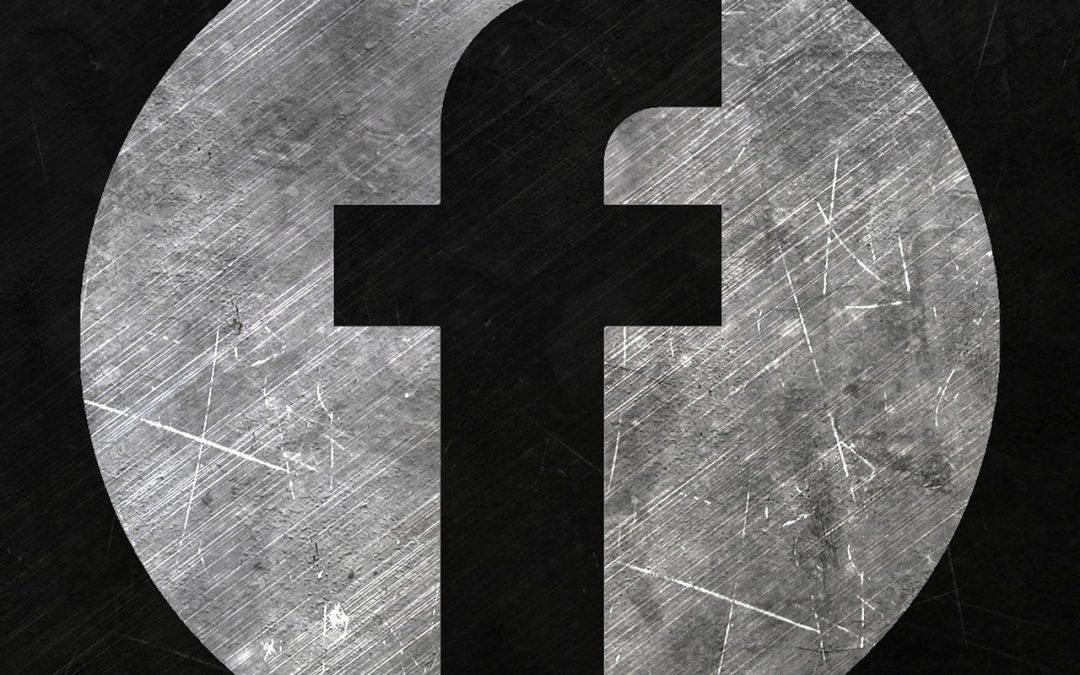Exploring the Future Trends in Selfhood and Identity in the Modern World
In today’s fast-paced and interconnected world, the notions of selfhood and identity continue to evolve. With the advent of social media, self-help resources, therapy, and an increasing emphasis on emotional well-being, individuals are navigating new territories when it comes to understanding themselves.
One artist who delves into these themes is Timothy Curtis, whose first museum show, “Inkblots and Feeling Charts,” offers a profound exploration of vulnerability and self-reflection. This exhibition serves as a starting point to discuss the potential future trends related to selfhood and identity in the modern world.
1. Enhanced Self-Expression through Social Media
Social media has become an integral part of people’s lives, offering platforms for self-expression and connection. With the rising popularity of visual-based social media platforms such as Instagram and Snapchat, people have found creative ways to represent themselves and shape their identities online.
In the future, we can expect this trend to continue, with advancements in augmented reality (AR) and virtual reality (VR) technologies. These technologies will enable individuals to curate immersive digital environments that reflect their personalities and ideals.
2. Personalized Self-Help and Wellness Apps
The self-help industry has thrived in recent years, with countless books, podcasts, and workshops dedicated to personal growth. However, as technology continues to advance, we can anticipate a surge in personalized self-help and wellness apps.
These apps will utilize artificial intelligence (AI) algorithms to analyze individuals’ preferences, habits, and goals. By providing tailored suggestions for improving mental health, productivity, and relationships, these apps will revolutionize how people engage with self-help resources.
3. Transcending Traditional Gender and Cultural Norms
In the past, societal expectations often dictated individuals’ identities based on their gender and cultural backgrounds. However, with increased awareness and acceptance, people are now exploring diverse identities that transcend traditional norms.
Looking ahead, we can expect a more inclusive and fluid understanding of gender and cultural identities. Educating ourselves about diverse experiences and challenging our biases will be crucial to creating an inclusive society that respects and embraces the complexities of individual identities.
4. Embracing Vulnerability and Mental Health
Timothy Curtis’ exploration of vulnerability in his exhibition highlights the growing importance of mental health and emotional well-being in today’s society.
In the future, we can anticipate a greater emphasis on destigmatizing mental health issues and fostering open conversations about vulnerability. More individuals will seek therapy, attend support groups, and engage in practices that promote self-care and emotional resilience.
5. Balancing Authenticity and Hyper-Connectivity
While the digital age has enhanced connectivity, it has also raised concerns about authenticity and the impact of constant social comparison.
In the future, finding a balance between authenticity and hyper-connectivity will be crucial. We predict an increasing demand for digital detoxes, mindfulness practices, and offline experiences that allow individuals to reconnect with themselves and their surroundings without the pressures of virtual validation.
Predictions for the Industry
As selfhood and identity continue to evolve, several emerging trends will shape the industry:
- The rise of AI-powered virtual therapists will provide personalized mental health support.
- Social media platforms will integrate tools to foster meaningful interactions and combat cyberbullying.
- The fashion industry will embrace body positivity and inclusivity, challenging restrictive beauty standards.
- Workplaces and schools will place greater emphasis on emotional intelligence and mental health support.
Recommendations for the Industry
Embrace authenticity and vulnerability as core values. People are seeking genuine connections and experiences that resonate with their true selves.
Invest in research and development of technology that promotes healthy digital habits and encourages offline engagement.
Cultivate inclusive spaces that value diversity in all its forms, fostering an environment where individuals feel seen, heard, and understood.
Conclusion
The exploration of selfhood and identity is an ongoing journey. The future trends indicate a shift towards personalized experiences, inclusivity, mental health awareness, and finding a balance between hyper-connectivity and authenticity.
As we move forward, it is crucial for individuals, industries, and society as a whole to embrace these trends, foster open conversations, and create spaces that celebrate the uniqueness of every individual.
References:
– Curtis, Timothy. “Inkblots and Feeling Charts.” Museum Exhibition Catalogue.
– Lim, Cal Newport. (2019). “Digital Minimalism: Choosing a Focused Life in a Noisy World.” Penguin Books.
– McGill, Jon. (2020) “Transcending Culture: Identity and Diversity in the Digital Age.” Springer Nature.
– Rifkin, Jeremy. (2014). “The Zero Marginal Cost Society: The Internet of Things, the Collaborative Commons, and the Eclipse of Capitalism.” Palgrave Macmillan.
– Steemson, Michael. (2018). “The Future of Selfhood: A Critical Analysis of Contemporary Selfhood Scholarship and Its Implications.” Routledge.
